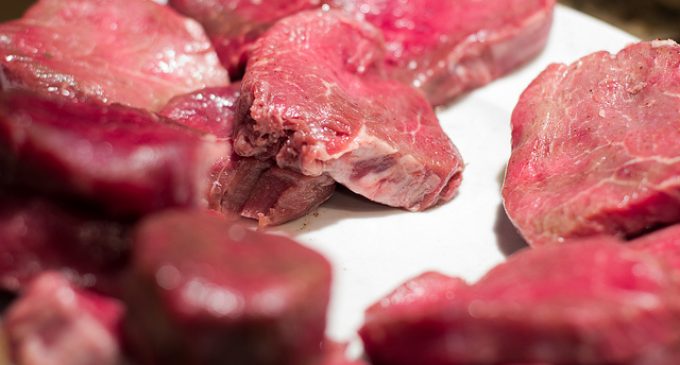
So you go to cook dinner and the meat that you took out to thaw a couple of days ago has now changed colors on you. Where there was once a nice red hue there are now brownish spots and you crinkle your nose as you debate what to do.
The first thing to know is WHY it changed colors. There is a science to cooking and this is an important part of it.
Our minds have been programmed to associate the bright colors with freshness. Everything from commercials to cooking shows always show the brightest most colorful ingredients so if ours looks any different then it's just not as good…right?
WRONG!
There is a lot that goes into the color of red meat even down to the diet, sex, species, and age of the animal itself. There is also the fact that prolonged exposure to air and light can darken meat as well as if the meat itself has been frozen and then thawed.
Raw poultry can sometimes have a bluish tone to the meat or bright-yellow skin, which might seem strange if you're used to pink iridescent meat and whiter skin. As with red meat, the color variations result from differences in diet, breed, exercise, and age. Poultry can also change in color when frozen.
So what do you look out for then? How can you tell if the meat has gone bad? Simple- touch it. If the meat itself is slimy, sticky, tacky or has a foul smell then I would err on the side of caution and toss it. No need to risk any illness because of questionable meat.
If you want to know more about meat you can always visit: The Color of Meat and Poultry – USDA
There they have a full report on the various science behind the color of meat.
Do you have any tips or tricks for telling if meat has gone bad? If so let us know in the comments below!
Source: Kitchen


Patrick Kopp, Kaitlynn Kopp
So can we?
Patrick Kopp
Yes; the article says to touch it and smell it. If it feels slimy or doesn’t smell right, toss it.
Yes. That is the quedton
Aged beef
Sure
The meat smell will tell you if it’s ok to eat